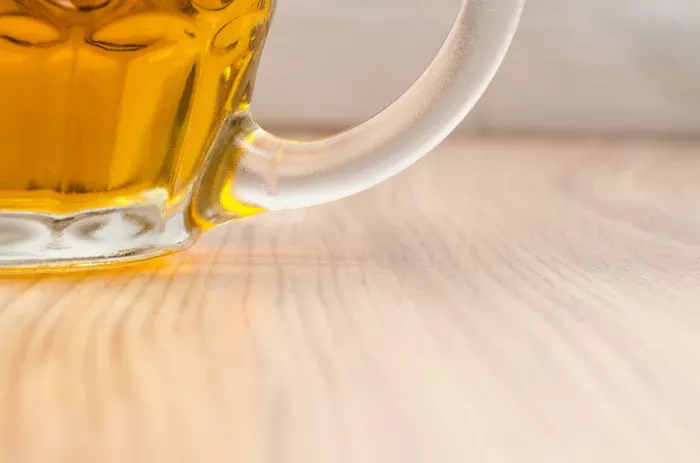Beer, an age-old beverage cherished across the globe, delights the senses with its myriad flavors and aromas. However, like many consumables, beer does have a shelf life. The critical question on many enthusiasts’ minds is: how long before beer expires? This query delves into a complex interplay of factors, from beer types and storage conditions to brewing techniques. Understanding the nuances of beer expiration is essential for both consumers and brewers alike.
Factors Influencing Beer Expiry
When pondering how long before beer expires, numerous variables come into play. The type of beer, the brewing process, packaging, storage conditions, and alcohol content all contribute significantly to its longevity.
Beer Types and Styles: Different beer styles have varying expiration timelines. While some styles, like highly hopped India Pale Ales (IPAs), might lose their freshness quicker, others such as stouts and porters tend to have a longer shelf life due to their robust and complex flavors.
Brewing Techniques: The brewing process affects a beer’s durability. Pasteurization, a process involving heat treatment to eliminate microbes, extends a beer’s lifespan. Unpasteurized or “live” beers may have a shorter shelf life due to the presence of active yeast, which can continue to ferment and alter the beer’s taste over time.
Packaging and Storage: Beer packaged in cans or dark glass bottles tends to fare better than beer in clear or green bottles, as they provide better protection against light exposure, which can cause off-flavors. Proper storage, away from direct sunlight and at a consistent temperature, is crucial to maintaining beer quality.
Understanding Beer Expiry Dates
Most commercially produced beers include an expiration or “best by” date on their packaging. However, it’s essential to differentiate between this date and the actual beer’s freshness.
The “best by” date typically indicates the period within which the beer is expected to taste its best, rather than a strict expiration date. Beyond this date, the beer might not necessarily be undrinkable but could start to exhibit subtle changes in flavor and aroma.
For craft beers or those from smaller breweries, deciphering expiration dates can be more challenging. Some brewers opt for batch codes or bottling dates, requiring consumers to decode these to determine freshness.
Understanding these date indicators assists consumers in gauging a beer’s potential quality before purchase and consumption.
Effects of Aging on Beer
Beer aging, when done deliberately under controlled conditions, can enhance certain beer styles, leading to more complex flavors and aromas. However, aging without proper care or inadvertently storing beer for too long can result in undesirable consequences.
Over time, beer can undergo various changes. Oxidation, exposure to light, and temperature fluctuations can lead to a loss of hop character, stale or cardboard-like flavors, and a generally flat taste profile. High alcohol content might act as a preservative but doesn’t guarantee indefinite shelf life.
Some beer styles, like barrel-aged beers, are specifically designed for aging due to the unique flavors imparted by the barrel. Nevertheless, even these beers have their limits and can deteriorate if aged excessively.
Understanding the delicate balance of beer aging versus beer expiration is crucial for both brewers experimenting with different styles and consumers looking to savor beers at their prime.
Proper Storage Practices
To extend the lifespan of beer and maintain its quality, proper storage practices are imperative. Storing beer in a cool, dark place at a consistent temperature, ideally between 45°F and 55°F (7°C and 13°C), helps slow down chemical reactions that degrade its flavor.
Avoiding temperature fluctuations is vital; extreme heat can accelerate beer aging, while freezing temperatures might cause bottles to expand and potentially rupture.
Shielding beer from light, especially ultraviolet (UV) rays, helps prevent the breakdown of hops, which can lead to the development of skunky aromas. Storing beer upright instead of horizontally minimizes oxidation through the cap’s seal.
Implementing these storage practices assists in preserving a beer’s integrity, thereby prolonging its lifespan and maintaining optimal flavor profiles.
Signs of Expired Beer
Recognizing the signs of expired beer can prevent the disappointment of sipping on a beverage that has passed its prime. While not all expired beers become undrinkable, certain indicators signal a decline in quality.
The appearance of sediments or haziness, unusual off-putting aromas, such as wet cardboard or vinegar-like scents, and a noticeably altered taste profile are telltale signs that a beer might have expired.
Additionally, if a beer has been stored improperly, exposed to excessive heat, or gone through multiple temperature fluctuations, it’s prudent to exercise caution even if it’s within the suggested expiration date.
Being attentive to these signs allows consumers to make informed decisions about whether to consume or discard a beer nearing or past its expiration.
Conclusion
The query of how long before beer expires encompasses a multitude of variables, from beer styles and brewing techniques to storage conditions and aging processes. Understanding these factors empowers both brewers and consumers to appreciate beer at its best while minimizing the risk of consuming beer past its prime.
While expiration dates and best-by labels provide guidance, they don’t always dictate a beer’s drinkability. Practicing proper storage methods and recognizing the signs of beer degradation ensures a more enjoyable beer-drinking experience.
Ultimately, the appreciation of beer extends beyond its shelf life; it’s about savoring the craftsmanship, the intricate flavors, and the cultural heritage embedded within each sip. By comprehending the nuances of beer expiration, enthusiasts can embark on a journey of exploration, discovering the diverse and evolving world of this beloved beverage.


